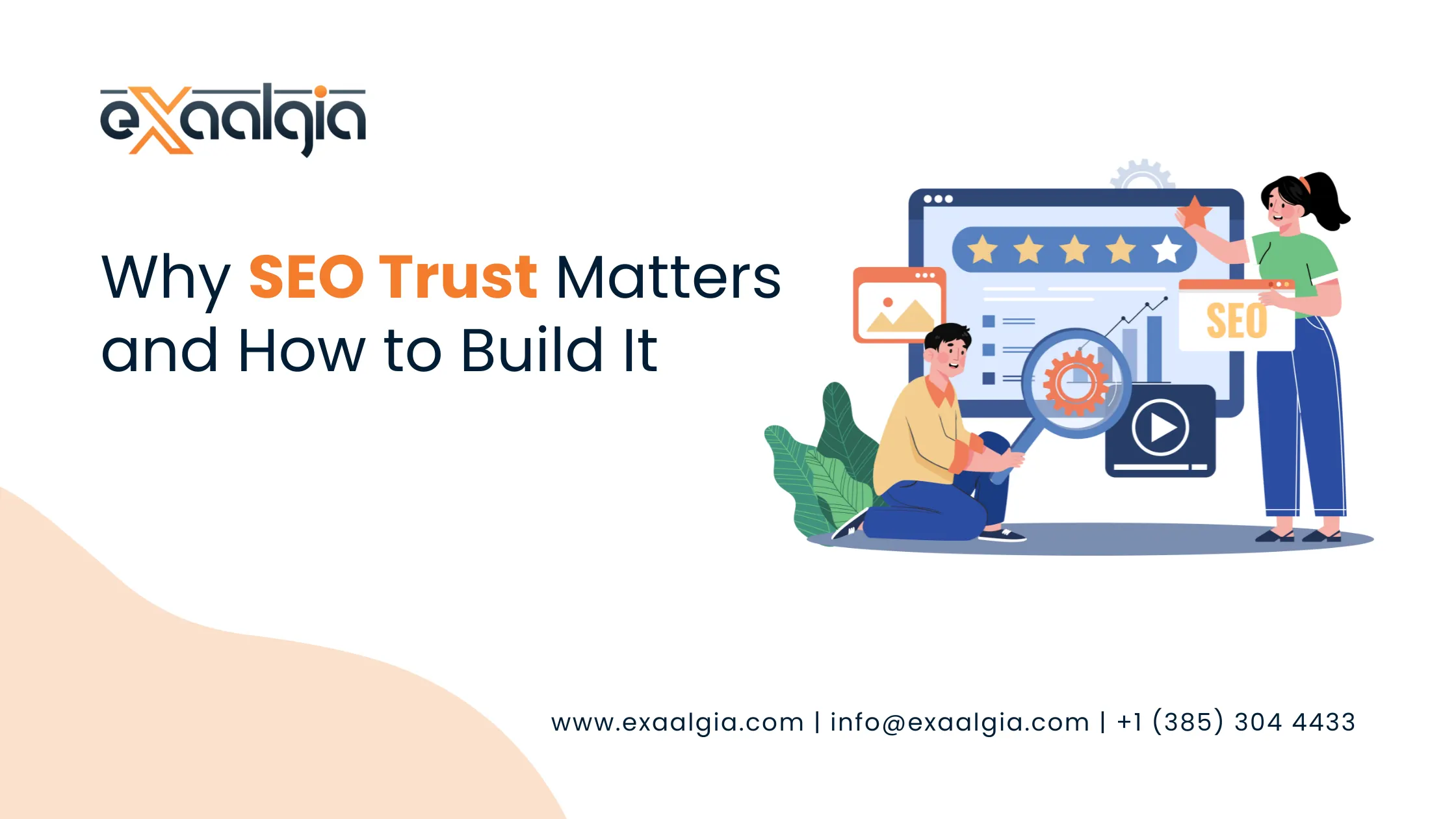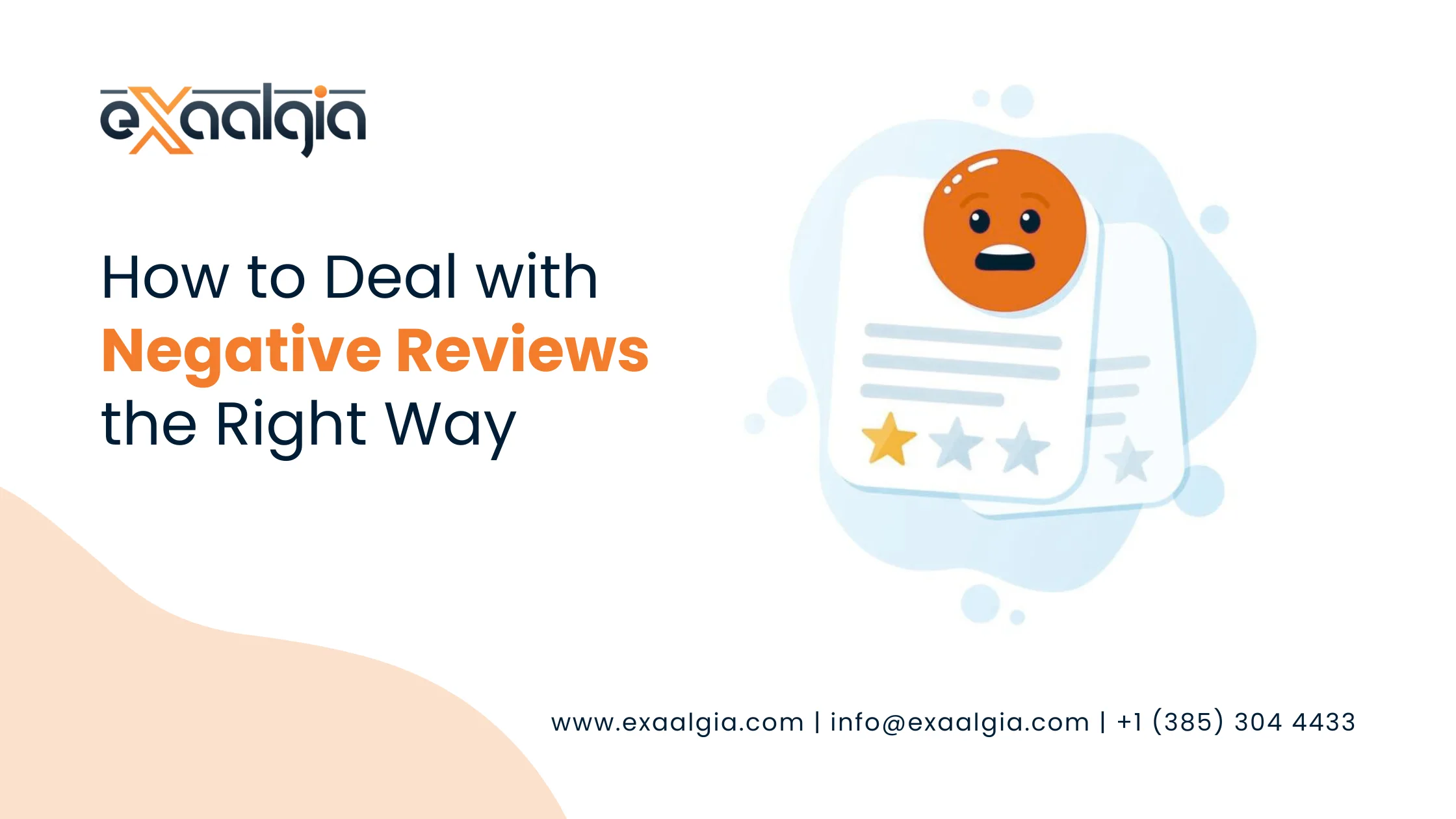I have written an E-Commerce SEO Strategies that will help your online store to optimize and generate traffic.
The rate at which the digital landscape is growing is momentous.
It is highly important for entrepreneurs to know as well as understand e-Commerce SEO strategies.
People are now more mobile-savvy and as evidenced by Economists. E-commerce SEO uses strategies that are mobile responsive.
The engagement of smartphone users is easy for owners of e-stores. It can be seen in the long run that it helps them stay at the top of search engine results.
However, it can be seen that most online stores fail at SEO for e-commerce. The full power of organic marketing has not been fully explored by online stores.
I have made a list of the best e-commerce SEO practices which will allow you to make your online store to be scaled up in a significant way as well as help in the generation of greater profits.
Why Should You Read this Post?
Let us read along.
Frequent algorithm changes, with new search engine feature updates, can make many online stores/e-tailers confused about where to start with e-commerce SEO.
Especially advice has gotten that could be conflicting in nature.
This is why I have collated a most complete guide to getting the best eCommerce SEO strategies that will not only allow you to generate more profits but also considerably scale up your online stores.
Whether you’re:
- The SEO manager for a huge e-commerce company looking to demonstrate the ROI of SEO.
- A smaller online business owner who is trying to find disjointed ways to grow your business.
- Or a growth marketer looking for ground-breaking, greatly efficient, and effective ways to increase traffic.
This post is definitely for you.
This guide was created for one reason…
Search engine optimization is low-hanging fruit for e-commerce websites.
Despite the fact that SEO has the highest ROI of any e-commerce marketing campaign, most online shops are put together without taking into cognizance search engines.
Instead, we only rely on social media or paid ads. All these are great but constant effort is required as well as a stream of income.
SEO, on the other hand, only requires effort upfront — once you rank, you virtually make sales on autopilot. And there would be no recurrent expense.
Simple…right! Don’t you just like the idea?
Free, recurring, high-converting traffic. That’s what you’re about to learn how to get.
Grab a coffee, lock the door, and do settle in… it’s time to learn all about e-Commerce SEO.
These are your tested and trusted e-Commerce SEO strategies for 2022 that will yield significant results.
Significant Strategies for E-commerce SEO In 2022:
1. Reduction of Load Time
For a great user experience, fast load times are important because they also have a significant influence on search rankings. The concrete benchmark going by our experience is 100-200 milliseconds load time.
There are many ways to improve the speed of a site including image compression in which the impact is immediate. Through research, it has been shown that Google measures specifically time to the first byte when it considers the speed of a page.
This signifies how important page speed is in increasing the rankings of your e-commerce store. The use of tools like the Google page speed test tool helps in improving your e-commerce store rankings.
2. Mobile Optimization
You would be at a severe search disadvantage if peradventure your site isn’t mobile optimized. User habits that evolve over time make responsive design important from both a user experience perspective and SEO.
You may end up losing prospective revenue if you don’t act fast. An effective content strategy needs to be put in place which helps in achieving your business goals. You need to be prepared for various shopping seasons such as Halloween, Black Friday, Thanksgiving, Christmas, and New Year.
Opportunities should be maximized. You may lose a large number of sales without the right strategy, planning, and adequate engagement of your audience.
3. Resolving Site Errors
Your site should be kept clean by continually monitoring Google Search Console (formally known as Google Webmaster tools). Broken links, errors in sitemap files, indexed 404 pages etcetera are part of what site errors include. Resolving site errors helps Google’s ability to index your site and this can affect positively search rankings even though not all error is created equal.
4. Enabling Canonical Tags
Canonicalization is also known as canonical tagging. Canonical tagging communicates to search engines that a page URL, in reality, represents a default master page. For example, canonical tags transfer SEO credit from duplicate URLs to the default page that you want to rank. It’s a simple but crucial fix that can have a huge effect on search rankings.
5. Add Customer Reviews
Customer reviews are treated by search engines as new website content and engagement, and these are factors that have a great effect on rankings. Customer reviews can meaningfully improve the experience of users through the addition of third-party credibility to your business.
6. Usage of Markup to Facilitate Rich Snippets and Knowledge Graphs
You can give search engines comprehensive information on products to display such as availability, review ratings, and price all right on the search page as an e-tailer.
New formats are continually and aggressively rolled out by Google and other search engines. Sites that get featured in the Rich Snippets and Knowledge Graphs are the first place where visitors lean towards clicking.
7. Addition of Breadcrumbs
When there is an addition of website breadcrumbs that allow both Google and your customers to comprehend explicit parent-child relationships especially when it comes down to product categories as well as products.
Visualize it as a roadmap that makes it easier for search engines to crawl and index your site. This tested and trusted tactic can help to increase your user experience and rankings with negligible effort.
8. Optimization of Your Content
This is a huge category but will specifically focus on two main areas:
1. Product Descriptions
Challenging are Product Descriptions for e-tailers who sell products from manufacturers that also have an e-Commerce presence. To be distinct from competitors, you have to focus on the psychology which lies behind the product.
The question asked is, ‘Why will someone purchase this particular product?’ More than the generic details the manufacturer offers should be given. The terms you are trying to rank for should be thought about from an SEO perspective.
Though we certainly do not encourage keyword stuffing, some time should be spent researching keywords that make absolute sense for your products and they should be included in the locations that are sensible.
2. Category Pages
Looking from a content perspective, category pages should be treated as individual Homepages. What we mean by this, is to optimize your content (H1s, links, etc.) for the term which you are trying to rank for. A broader sense of content will be allowed through this and your chances of ranking for slightly broader terms will be increased.
9. Site Search Optimization
Though site search is not a definite SEO tactic. Site search is an important website feature that affects how customers find products. On your product pages, keywords with high internal search volume into H1 & H2s as well as body copy and meta- descriptions should be placed. This is helpful with your keyword focus and product placement within Search Engine Results in Pages (SERPs).
Sources of Ecommerce Website Traffic via SEMrush
10. Monitoring Your SEO Visibility
Google is recognized to roll out at least 2 or 3 major algorithm changes every year. The last updates highlighted mobile-friendly and HTTPS protocol-enabled sites. Frequently monitor your SEO visibility via third-party tools. Being proactive when it comes to organic performance can help you stay in advance of the competition.
11. Site Structure
The site structure of an e-commerce website is all about simplicity. The link juice should simply flow from the top to the bottom. Read more on Web Page Structure.
Following this E-Commerce SEO Strategies guide will definitely help online to get optimized. For any point, you can comment below and give us your thoughts.







